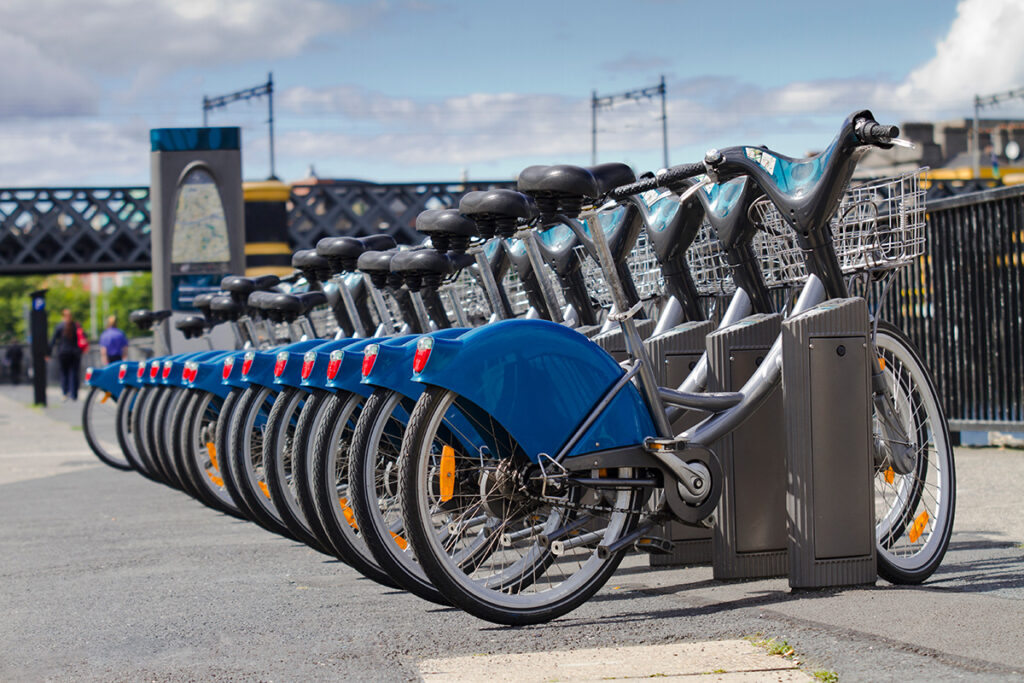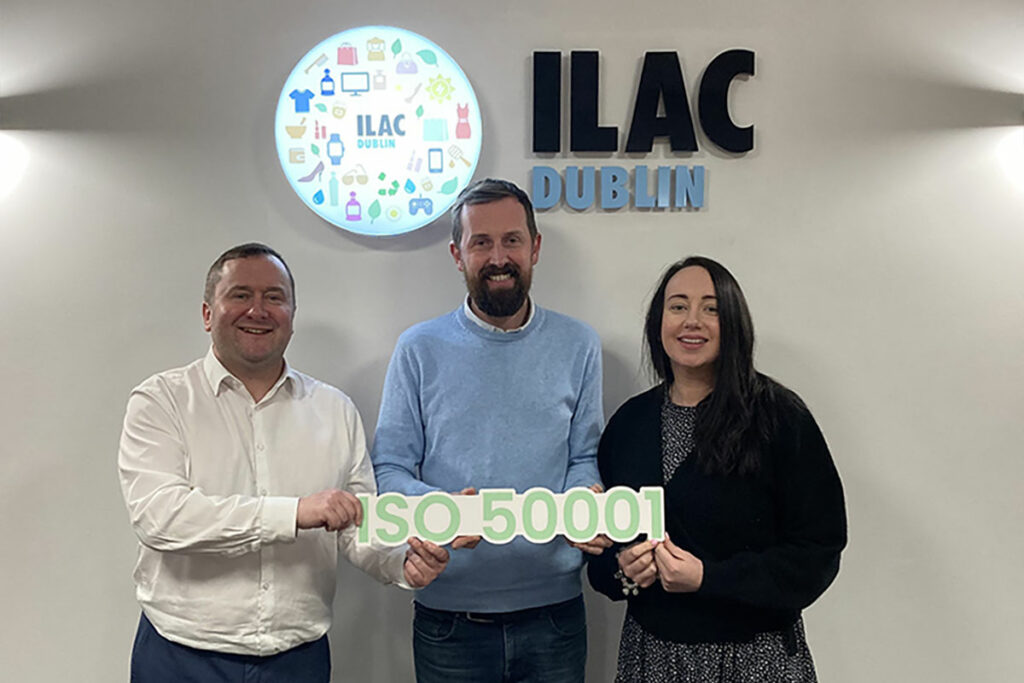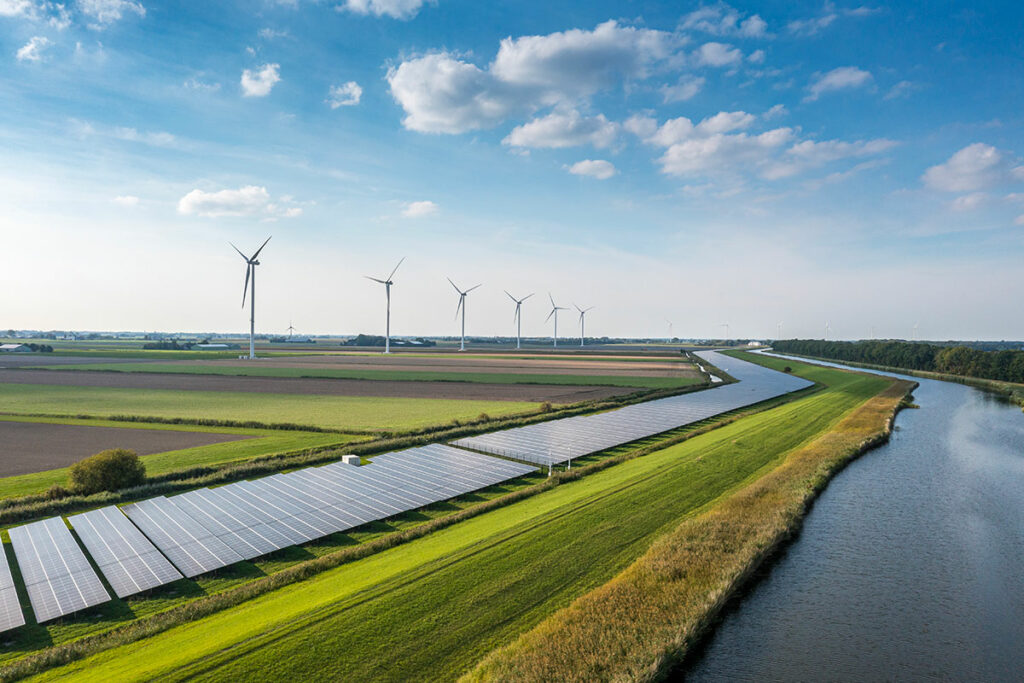In an age where Sustainability has rapidly become a core strategy of most Irish businesses, Carbon Footprinting is a key step in developing a decarbonisation pathway.
Why is it necessary? How does it work? In this week’s blog, we answer your questions.

How can we reduce our Carbon Footprint?
Simple ‘corporate lifestyle’ changes you can make to begin the minimisation of Carbon Footprint would include:
SWITCH IT OFF
We know it’s a no brainer, but you’d be surprised how many businesses leave lights on in their premises overnight, whether accidentally or by design. Switching off lights, printers, and other appliances and changing to LED bulbs will not just reduce carbon footprint, it will also save some euros along the way.
PLUG IT OUT
Kick standby into touch by plugging out TVs, speakers, phones, chargers, kitchen appliances and other devices such as monitors and game consoles (for the funkier of you with employee games rooms).
GO PAPERLESS
Do you need to print it? Again, and again, and again? And if you do, does it have to be in colour? Can you forgo printing and proof-read by scrolling? Can you submit proposals or pitch to a client digitally rather than producing a glossy brochure? Speaking of digitally,
ZOOM IN
Where possible (and we appreciate that face to face is often a deal winner) organise online meetings to reduce travel. Speaking of travel,
TWO IS BETTER THAN FOUR
Encourage your employees to engage with your Sustainability programme (and improve their health) by availing of the Cycle to Work Scheme or even better, walking. Where car is the only option, encourage pooling/sharing. There are now even Car Pooling Apps to facilitate transport to corporate events!
Aim to reduce your fleet of company cars and transition those numbers you need to keep into Hybrids or EVs.
STORE IT UP
Move to Cloud to reduce storage which doesn’t just chew electricity but clogs up your topological arteries.
THE THREE R’s
They’ve been around for decades, but never has the aim of Reduce, Reuse, Recycle had more relevant.
Switch to 100% recycled newspapers. Bin paper cups and especially plastic cutlery and move back to delph and Sheffield stainless steel, encourage staff to buy their own keep cup, plates/tupperware and cutlery. Recycle all toner cartridges. Depending on availability of space, set up a small recycle zone for staff to place all recyclable items.
Grab a copy of our Carbon Footprinting Guide to adorn your office walls, and remind your teams how little changes can make a big impact.
How can my company establish what our Carbon Footprint is?
That’s where we come in.
Our Corporate Carbon Footprint service comprises analysis of direct and indirect emissions produced organisation-wide. Our consultants will perform a comprehensive exercise of data gathering and review working to clearly defined boundaries, calculating and analysing emissions and assigning them to internal/external processes, products, resource and services.
This deep-dive analysis will calculate the impact of your organisation on the environment by measuring consumption data taking into consideration your consumption of elements such as Fossil Fuels (Oil/Gas), BioMass, Energy, Paper, other materials such as building materials, Travel/Transport and other CO2e(s).
CG Business Consulting can offer your organisation a suite of Sustainability Services that will help reap tangible business benefits of Sustainability such as,
- Improved productivity and reduction in operating costs
- Attract progressive talent, investors and shareholders
- Enhanced brand image and competitive advantage
- Minimisation of carbon risk through improved energy efficiencies
- Compliance with industry regulation and legislation
[Funding available for all businesses/organisations committed to sustainability practices]
Carbon Footprint, noun
“a measure of the amount of carbon dioxide released into the atmosphere as a result of the activities of a particular individual, organisation, or community”, Oxford English Dictionary
As the meteorological side-effects of Climate Change continue to deliver disastrous events across the globe, more countries are ramping up their plans to tackle the damage humanity has wreaked on the environment for over two centuries. And it’s not just governments that are expediting their climate action plans. Businesses around the world are adopting green policies, adapting the way they do things to support the transition to global sustainability.
One of the KPIs of business sustainability is the size of corporate Carbon Footprint. The larger the imprint, the bigger the impact. Reducing carbon footprint is literally a step in the right direction in terms of minimising and/or eradicating environmental impact.
What is Carbon Footprint?
Carbon footprint is essentially the amount of CO2 we release into the atmosphere as a result of how and with what we do things. Carbon Footprint is typically measured in CO2e tonnes.
What is a Greenhouse Gas?
Greenhouse Gases or GHG are gases released into the earth’s atmosphere that trap heat in a similar way to the glass of a greenhouse, hence the name. Namely, Carbon Dioxide, Methane, Nitrous Oxide & Water Vapour.
GHG’s wrap themselves around the atmosphere like a thick blanket, enshrouding the earth, trapping heat close to its surface. Hence the term Greenhouse Gas Effect.
What causes CO2 emissions?
The growth over the years in CO2 emissions has been largely attributed to our ongoing dependence on Fossil Fuels.
Although part of a natural meteorological process of heating the earth’s atmosphere, GHG emissions are exacerbating the pace and level at which temperatures are rising – hence Global Warming. The earth’s mean temperature has risen by 2.0 degrees Fahrenheit since 1880: however, that rate has doubled since 1980.
How does all this tie in with Carbon Footprint?
As we’ve already mentioned, Carbon Footprint is basically the measure of emissions resulting from an entity’s actions – individual, corporation or nation.
How is Carbon Footprint calculated?
Before it can be measure, Carbon Footprint sources must be identified – ie who, and by what means, are these emissions being caused.
Consumption Emissions are those emissions specifically arising from consumer activities.
For example, if a an Irish company flies in parts from China rather than shipping them in from the UK or, even better, sourcing them locally, all elements of the supply chain – production, transport (air miles) and usage – are attributed to that company by way of Carbon Footprint.
ISO 14064-1 is the internationally recognised standard for quantifying, monitoring, and reporting organisational greenhouse gas emissions.
FURTHER INFORMATION
If you wish to learn more about our Sustainability Solutions, why not start with Downloading our Net Zero Roadmap.
To get more detail on how CG Business Consulting can help your company reduce its Carbon Footprint, give us a call on 01 620 4121 to have a chat with one of our Sustainability team.
More on Sustainability from CGBC

ILAC Shopping Centre achieve EHS and Energy Management Systems





